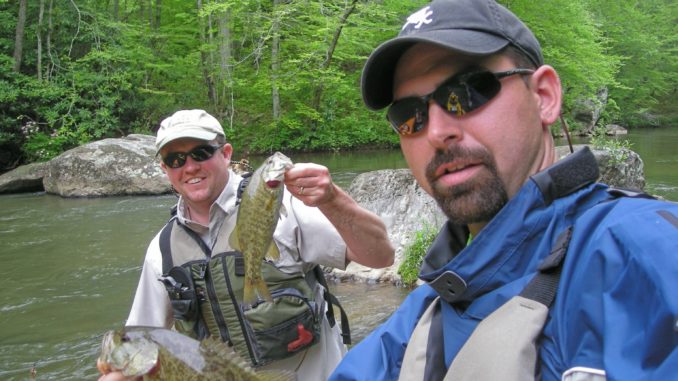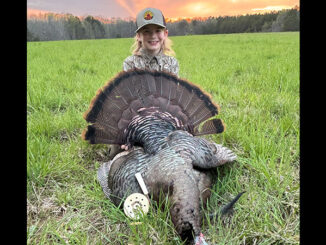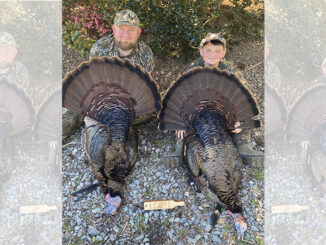
One aspect of floating a stream such as the Dan River in a canoe or kayak is guiding the watercraft to avoid pitfalls.
The Dan has a few Class I and II rapids and some tight squeezes where, if a watercraft isn’t handled well, trouble can result.
For example, while Kyle Hoover and Greg Dralle floated the river in Stokes County last April and fished for smallmouth bass, an inexperienced couple out for a fun paddle drove their canoe into a downed tree, where it flipped. They landed in the cold water, and the pressure of the current jammed the canoe under the tree’s branches.
Knowing how to guide canoes and kayaks is essential before floating a river. It’s mostly a matter of learning a few basic paddle strokes.
The classic “J” stroke involves reaching forward with a paddle and pulling down the side of the canoe, then pushing away and lifting the blade out of the water, which resembles a “J”.
The paddler in the back of a canoe controls its direction, and a “J” stroke is required to keep a canoe on a straight-line course.
A paddler may also reach away from the canoe, put the paddle in the water and pull the blade toward the canoe, a “draw” stroke that pulls that end of the canoe to the side where the stroke was made.
A “pry” stroke involves putting the paddle straight down into the water and using the gunwale as a fulcrum, pushes the blade of the paddle away from the canoe. That will push the canoe away from the paddle.
The easiest way to guide a canoe with current is for the paddler in the back to put his blade in the water and use it as a rudder. Strokes by a paddler in the front aren’t needed, unless absolutely necessary. Current will move a canoe or kayak downstream.
Guiding a canoe or kayak properly on a stream is absolutely essential to maneuver between rocks, through rapids or to avoid blowdown trees. The worst situation is to approach such a hazard sideways or out of control. That’s begging to be flipped.”





Be the first to comment